
7 min read
What is Wellness Design?
How to apply the principles of Wellness Design to the Healthy Home.
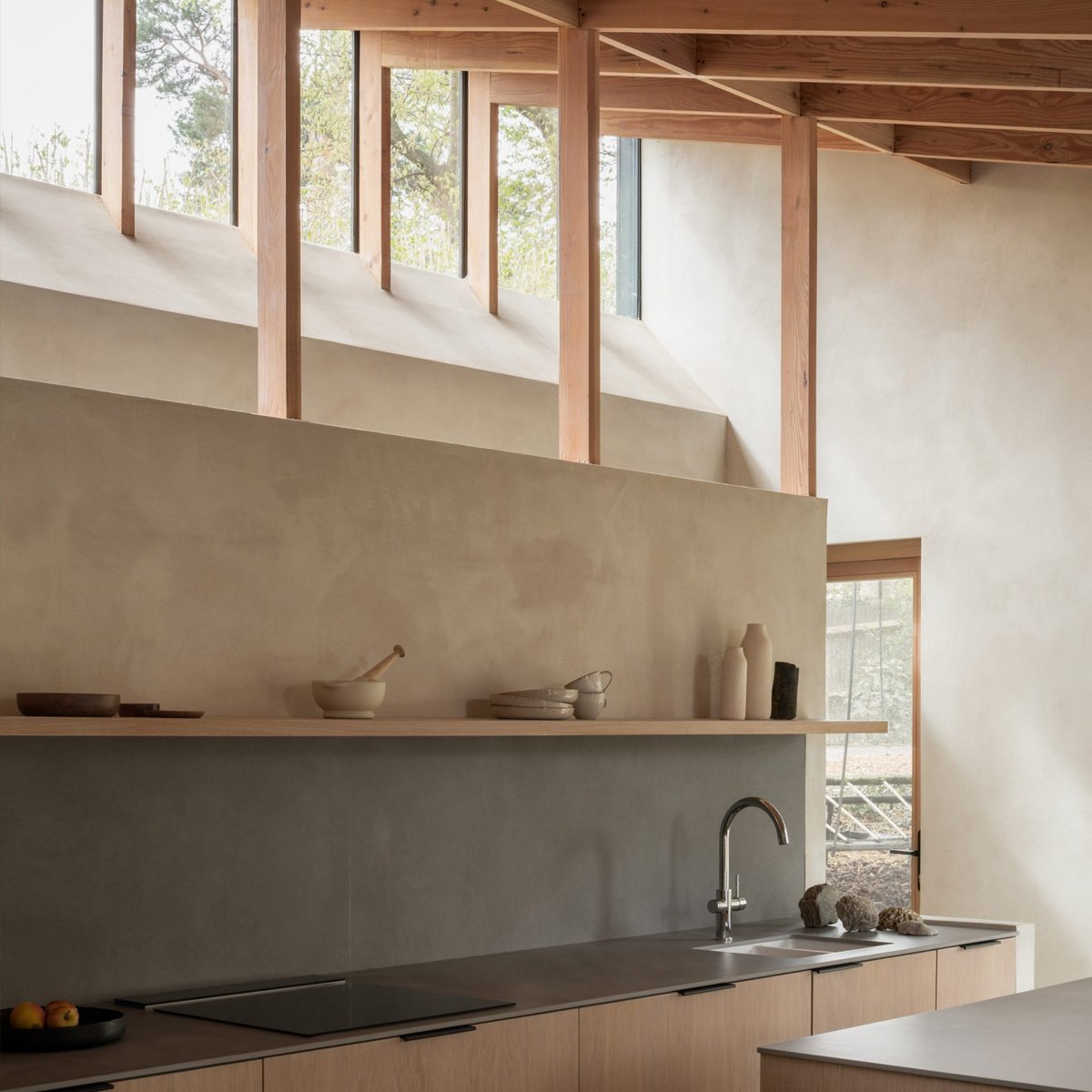
3 min read
In this series of articles WLLW will explore how inclusive design principles can enrich the lives of those with different individual needs and lead to healthier, happier homes.
From promoting social equity to enhancing human health and environmental sustainability, accessible home design is a cornerstone of inclusive living. It ensures that everyone, regardless of their physical abilities or financial means, has the opportunity to live in a safe and comfortable environment. Accessible design is about creating spaces where everyone has the opportunity to thrive.
The World Report on Disability has estimated that more than a billion people, or 15 percent of the world’s population, have some form of disability. According to the CDC, a disability is any physical or mental condition that significantly limits a person's ability to perform daily activities and engage with their environment. Disabilities can impact various functions such as vision, movement, cognition, learning, communication, hearing and mental health. They can be congenital, result from an injury, or develop from chronic or progressive conditions. Disabilities encompass impairments, activity limitations and participation restrictions.
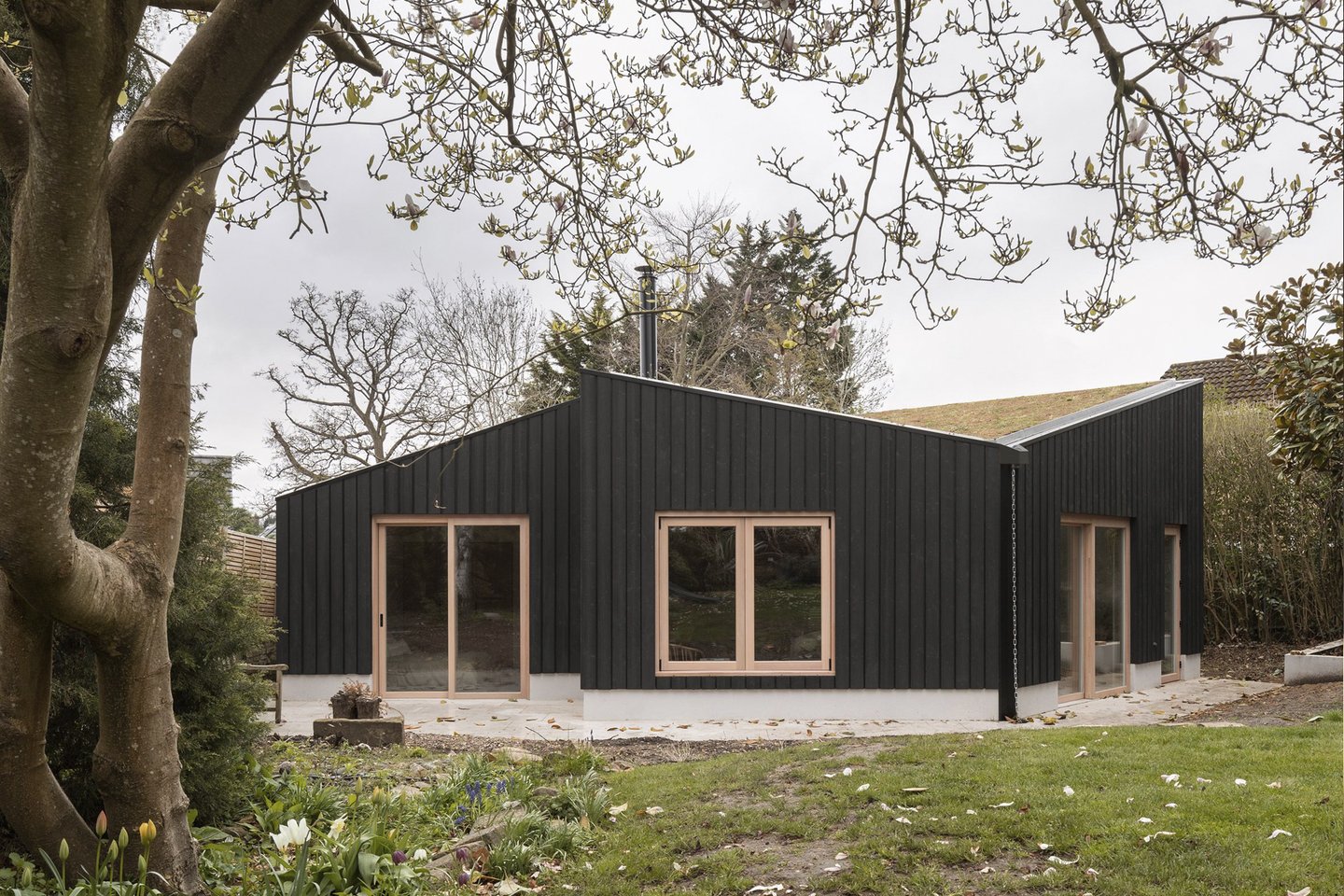
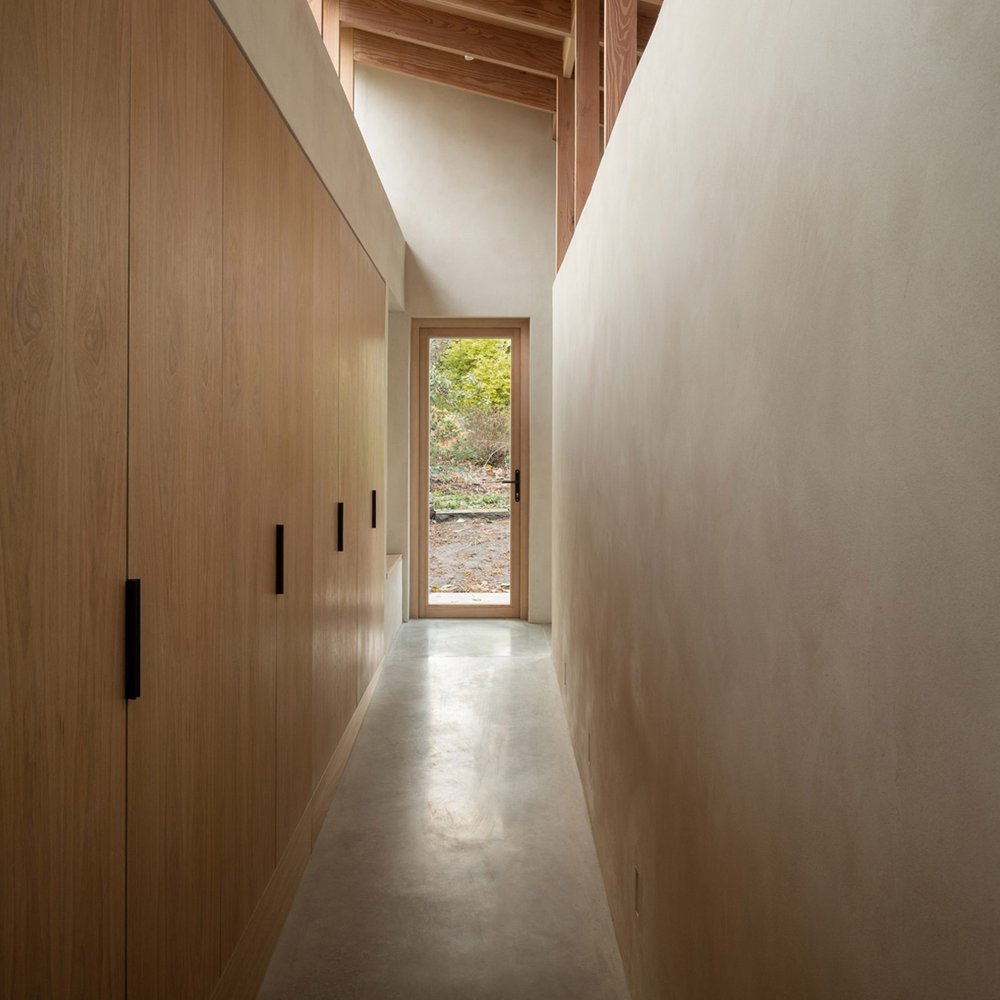
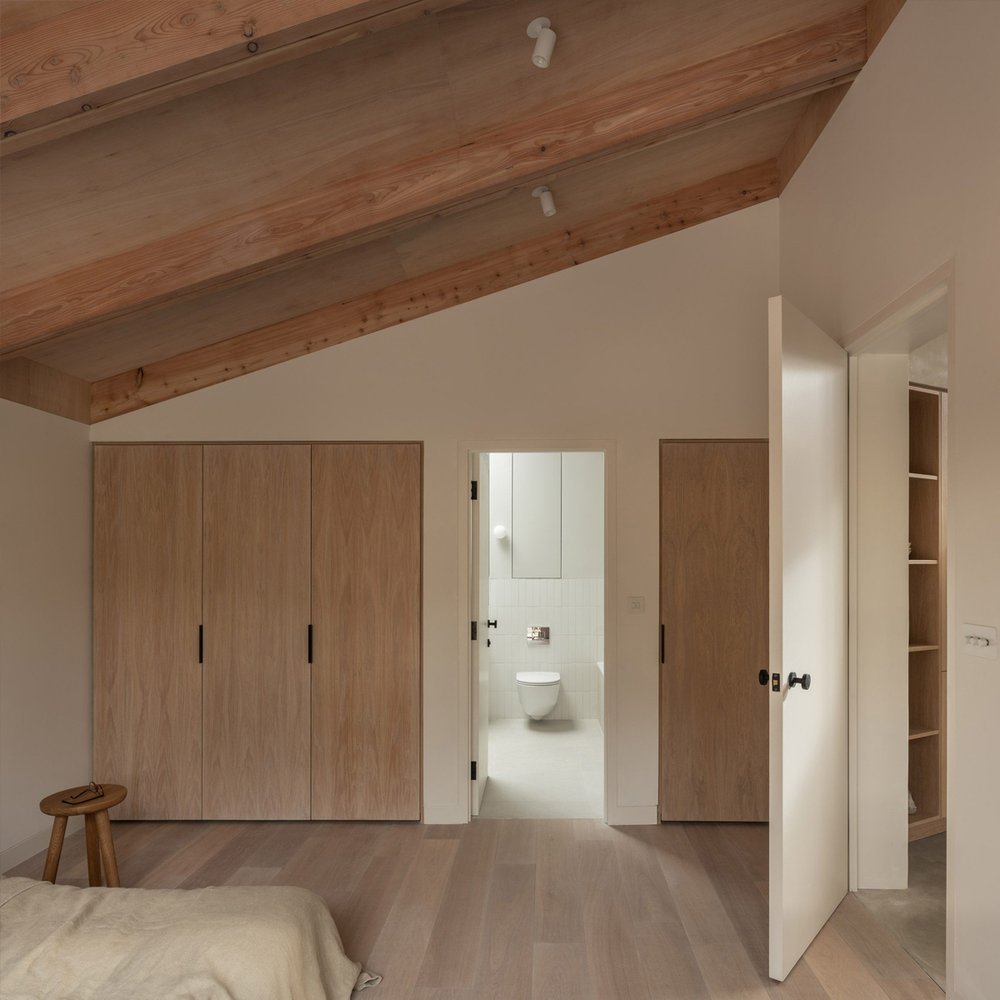
The Americans with Disabilities Act 1990 prohibits discrimination against people with disabilities, however, it has been criticized. Businesses, particularly small enterprises, often face significant costs to comply with ADA requirements and the ADA’s broad language can lead to varying interpretations. There is also debate over what conditions qualify as disabilities, which can lead to disagreements about who is entitled to protections and accommodations. Universal Design principles can address issues with ADA compliance by proactively incorporating accessibility features into the built environment and products from the outset, but what are these principles?
"Architect Ronald Mace coined the term ‘Universal Design’ to describe the concept of environment and product design that is accessible to the greatest number of people without the need for adaptation or specialized design."
Architect Ronald Mace coined the term ‘Universal Design’ to describe the concept of environment and product design that is accessible to the greatest number of people without the need for adaptation or specialized design. This approach not only focuses on people with disabilities but considers the wide range of human diversity, including differences in age, size, and physical abilities. It focuses on equity, flexibility and intuitiveness in use. A significant advantage of the Universal Design movement is that it challenged the traditional notion that design should cater primarily to non-disabled, adult men. This inclusive approach broadens the scope of design to consider a diverse range of users, leading to more equitable and functional solutions that benefit a wider population.

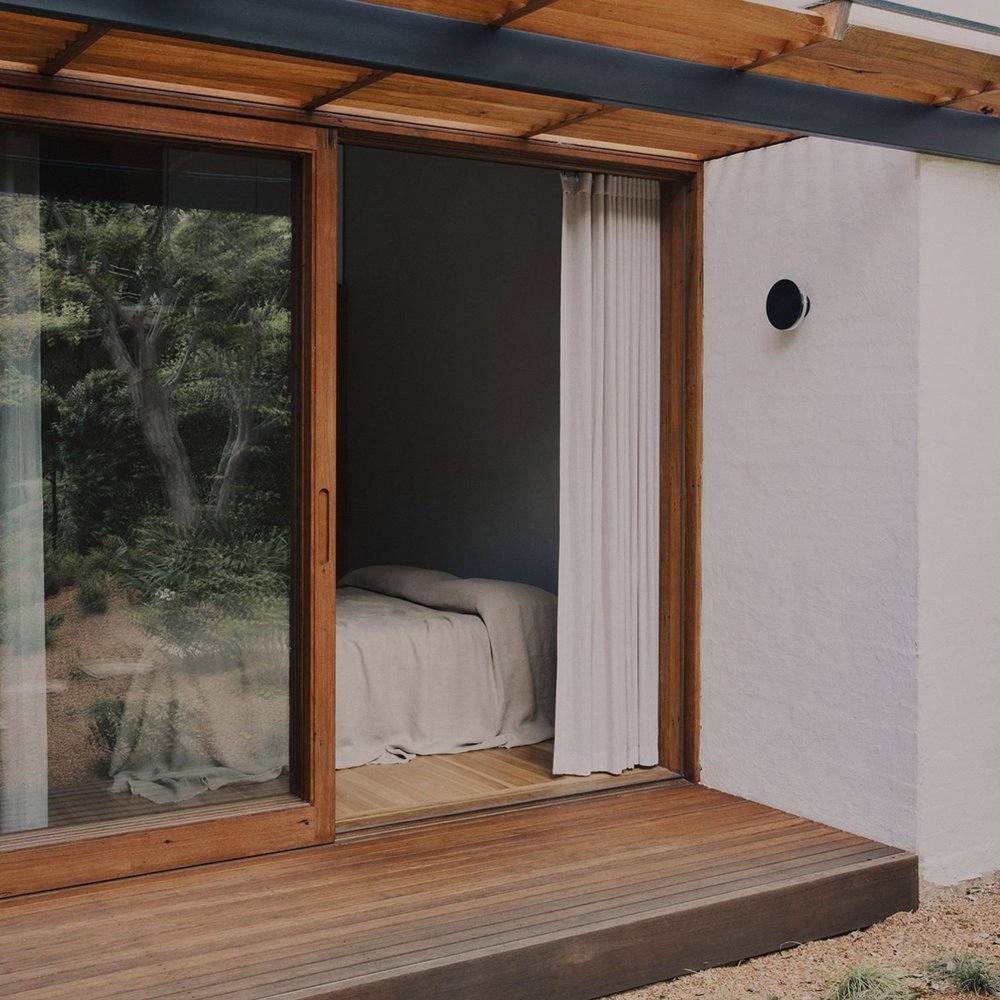
Universal Design has been shown to be effective in select cases, such as the ubiquity of dropped curbs, for example, yet prioritizing functionality and accessibility can sometimes lead to designs that appear more utilitarian and less visually appealing. Universal Design principles are intended to apply broadly across different contexts and user groups which can lead to the perception that solutions are generalized and may not address specific needs. There is also tension between design catering for mass appeal as opposed to individual requirements. Integrating accessibility considerations into design education and practice is often at odds with the priorities of broader popularity, efficiency and cost effectiveness.
With this in mind, shifting the focus of inclusive home design to WLLW’s ten healthy home concepts allows us to go beyond Universal Design principles to prioritize health, wellbeing and personalized solutions. In order to create beautiful, tailored environments for everyone it’s important to understand how the home is to be used and how to cater for the needs of the residents. To achieve the greatest impact, interventions and strategies need to be adaptable across various scales and budgets.
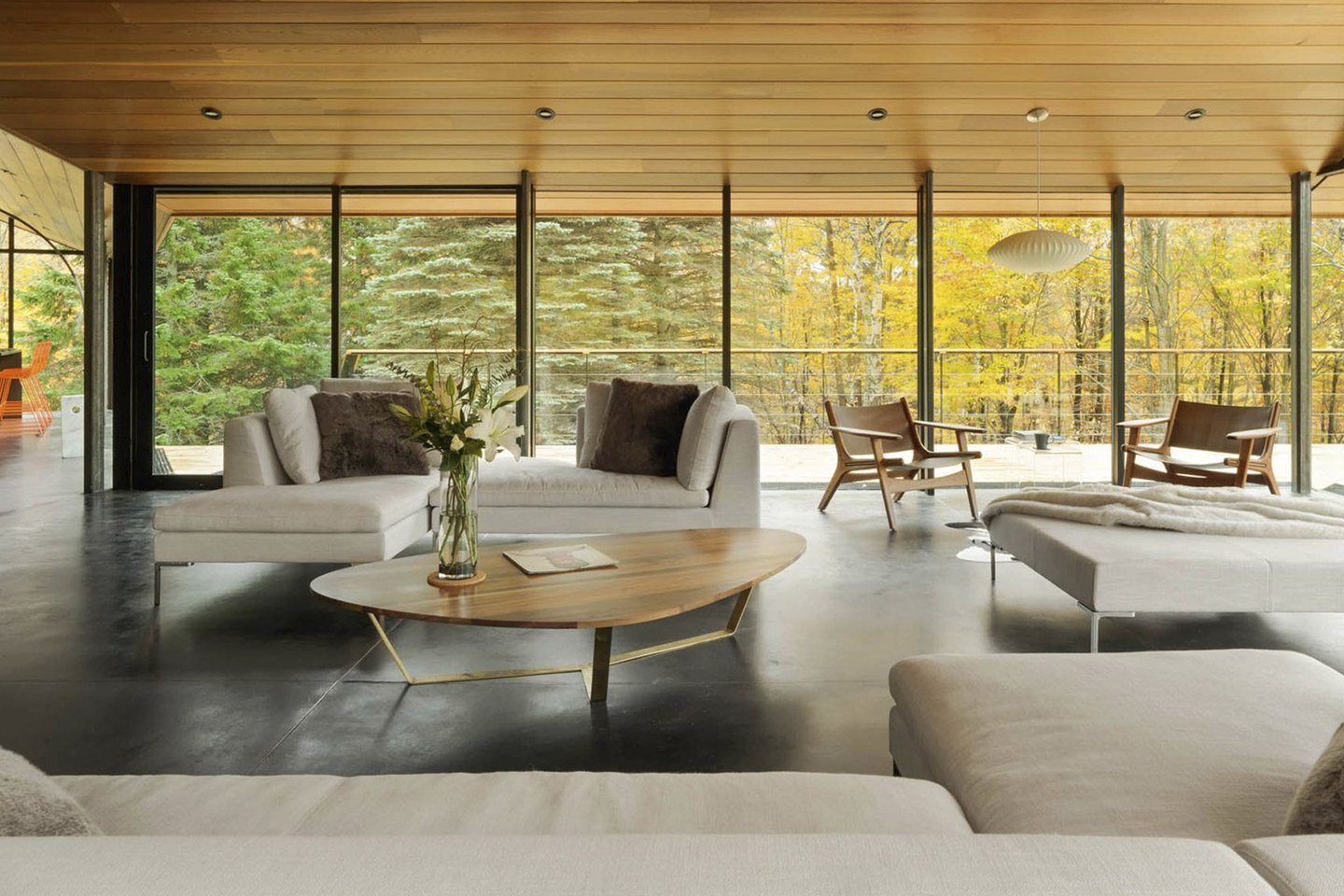
Throughout this series on inclusivity within the home, our aim is to delve into ways of designing accessible environments, starting by considering home design for neurodiversity. In our first exploration we look at Autism Spectrum Disorder (ASD), which is an umbrella term that includes autism, Asperger syndrome and pervasive developmental disorders. Caused by differences in neurobiology, ASD is often diagnosed in childhood. As such, early, thoughtful design interventions can play an important role in creating calming spaces within the home for a child on the spectrum to grow healthily and happily.
Photography: Stale Eriksen, Daniel Mulheran, J Roc Design

7 min read
How to apply the principles of Wellness Design to the Healthy Home.
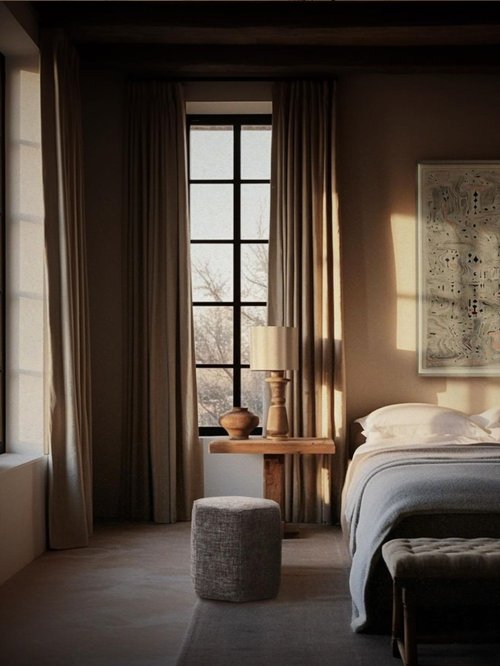
4 min read
Discover WLLW's strategies to design a bedroom that supports restorative sleep and overall physical and mental wellbeing.